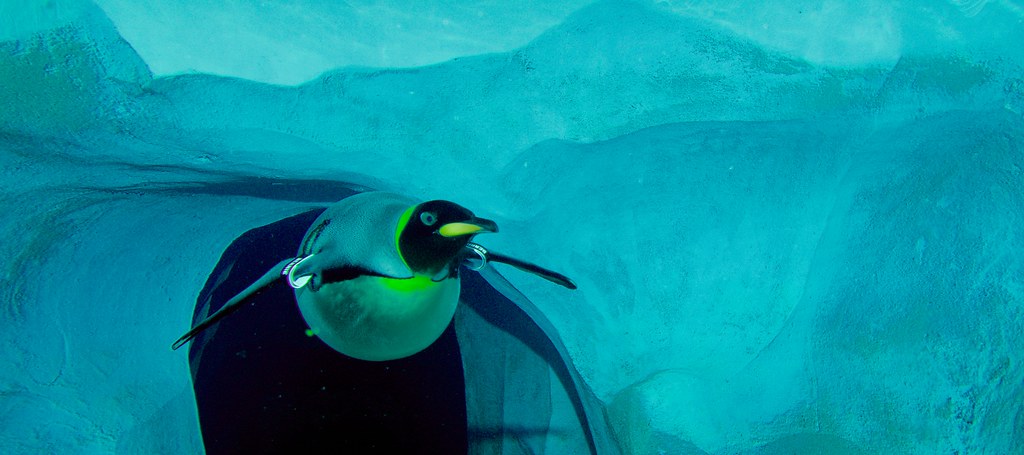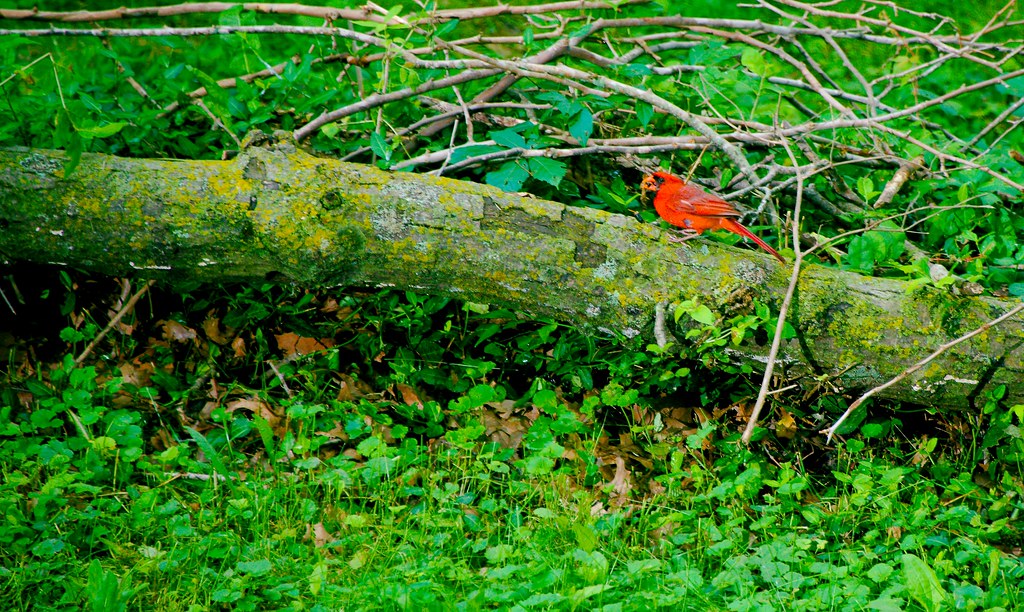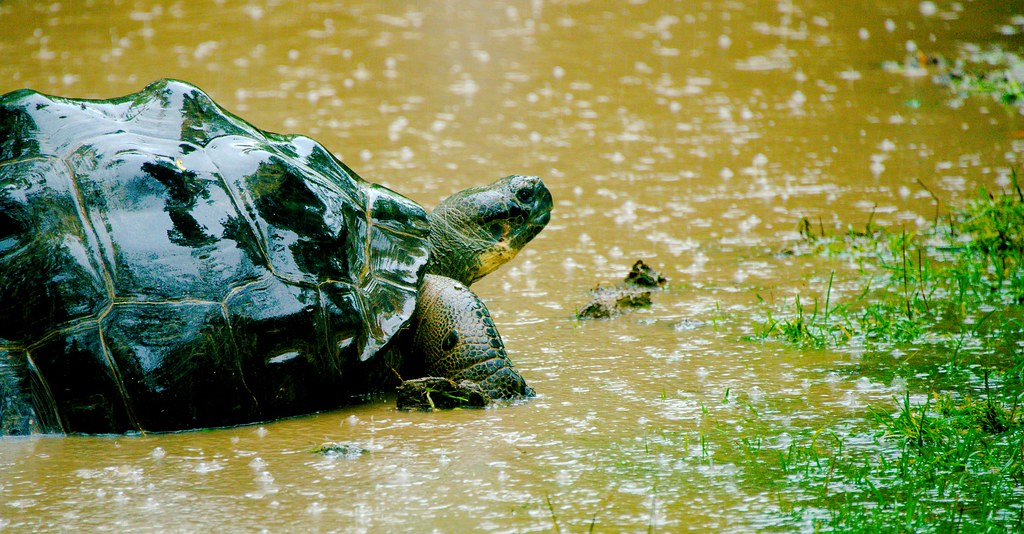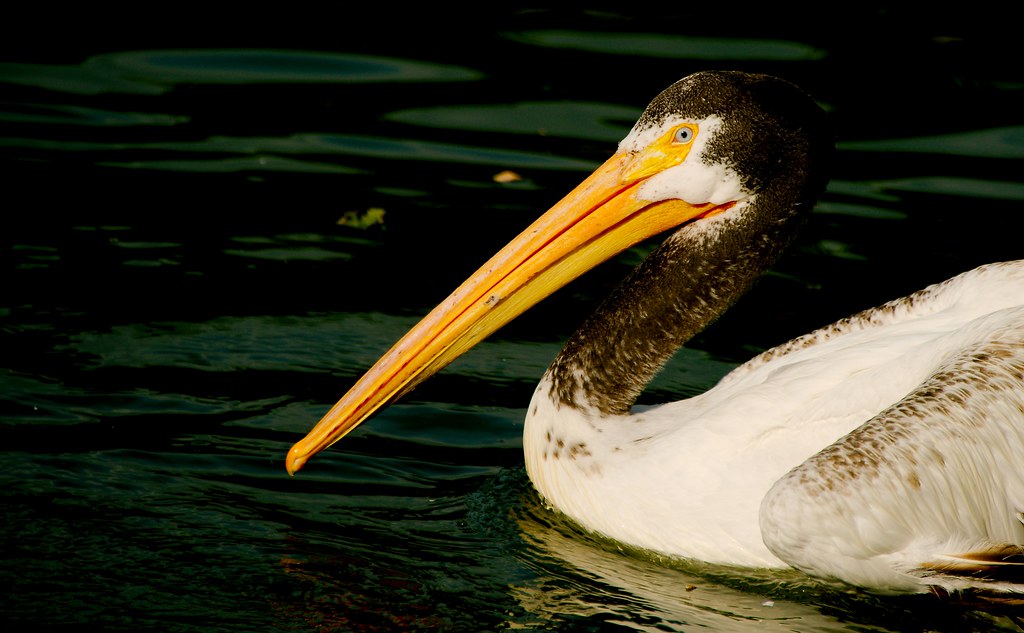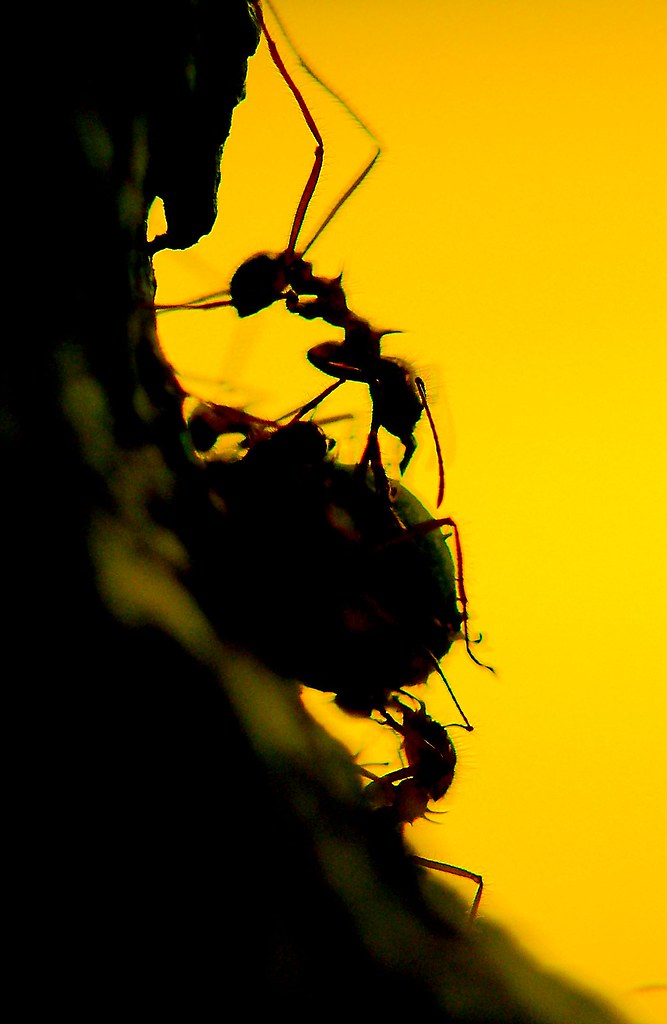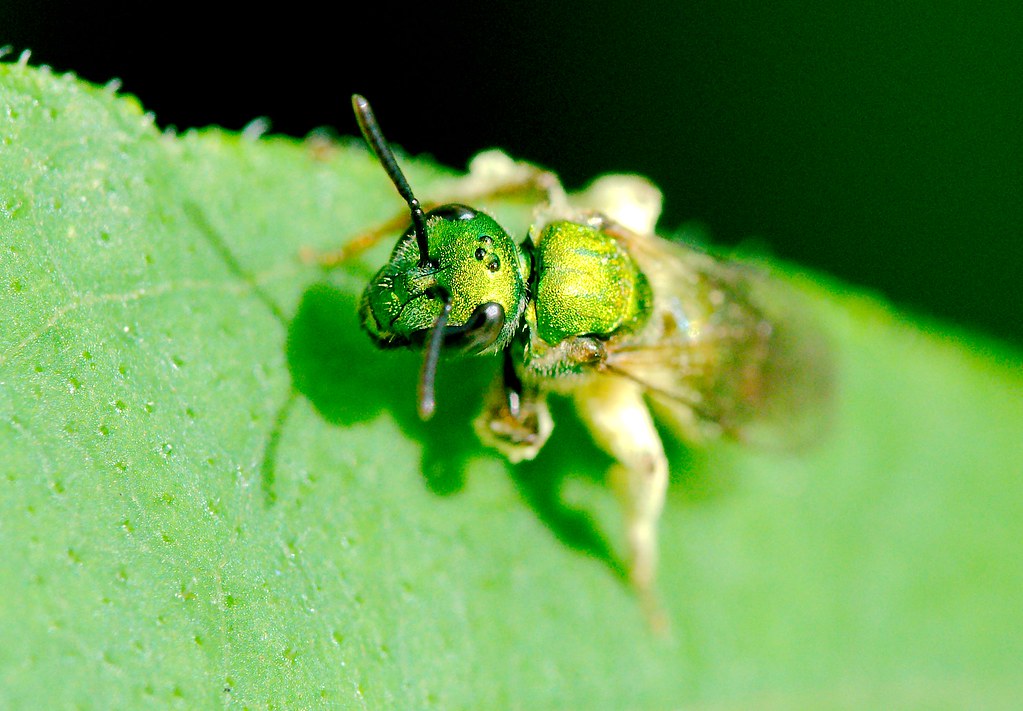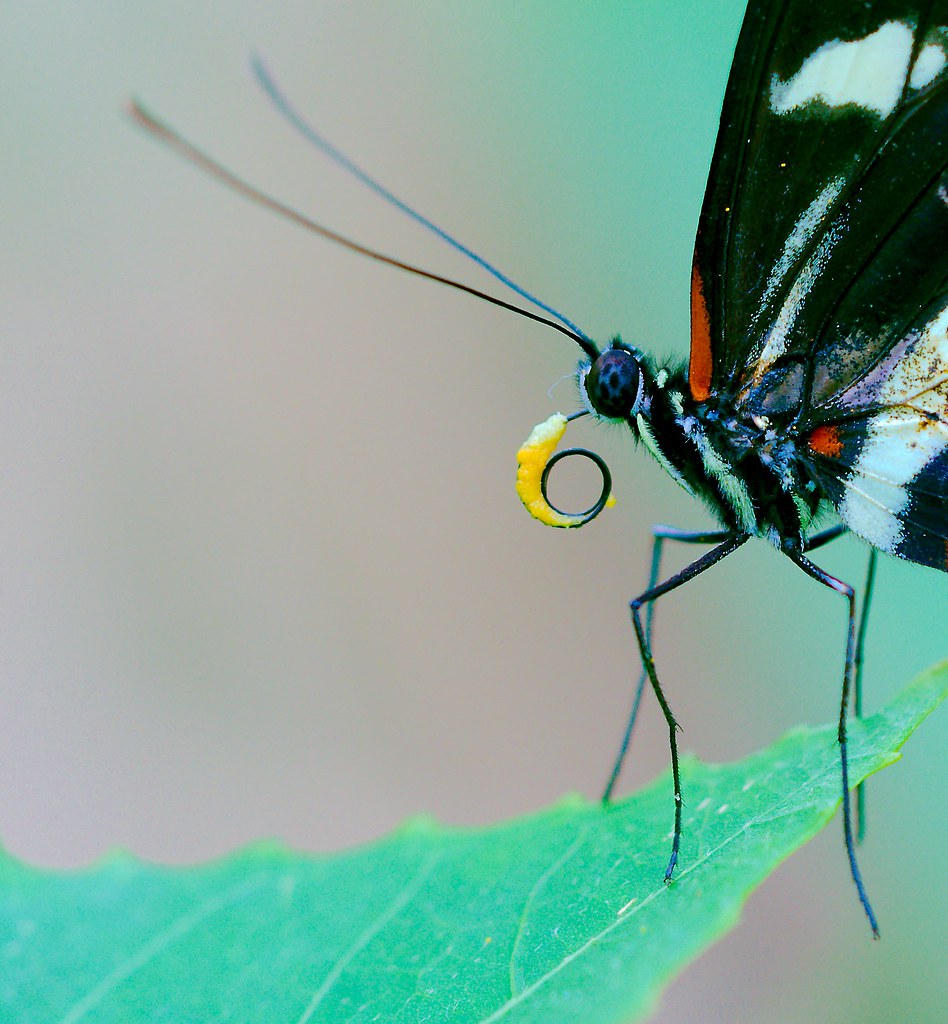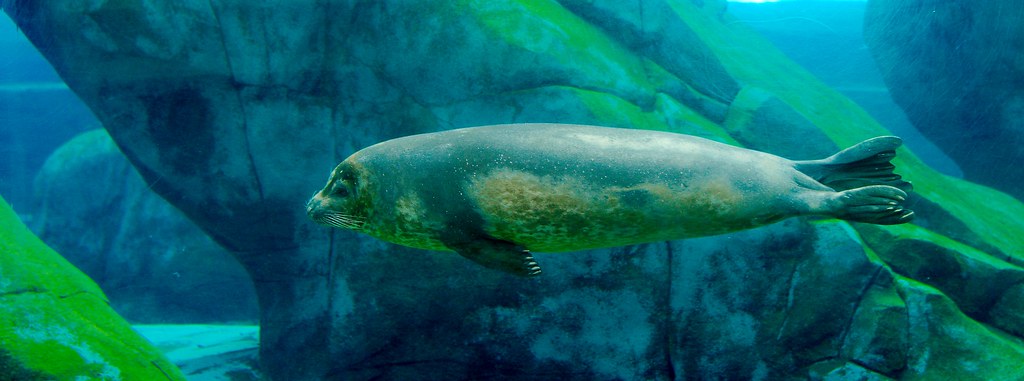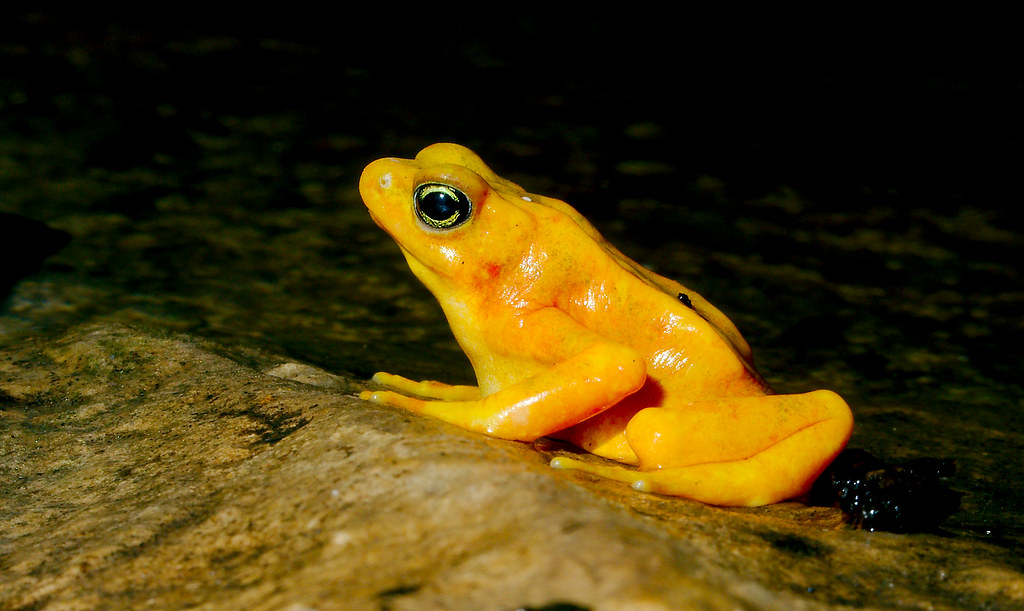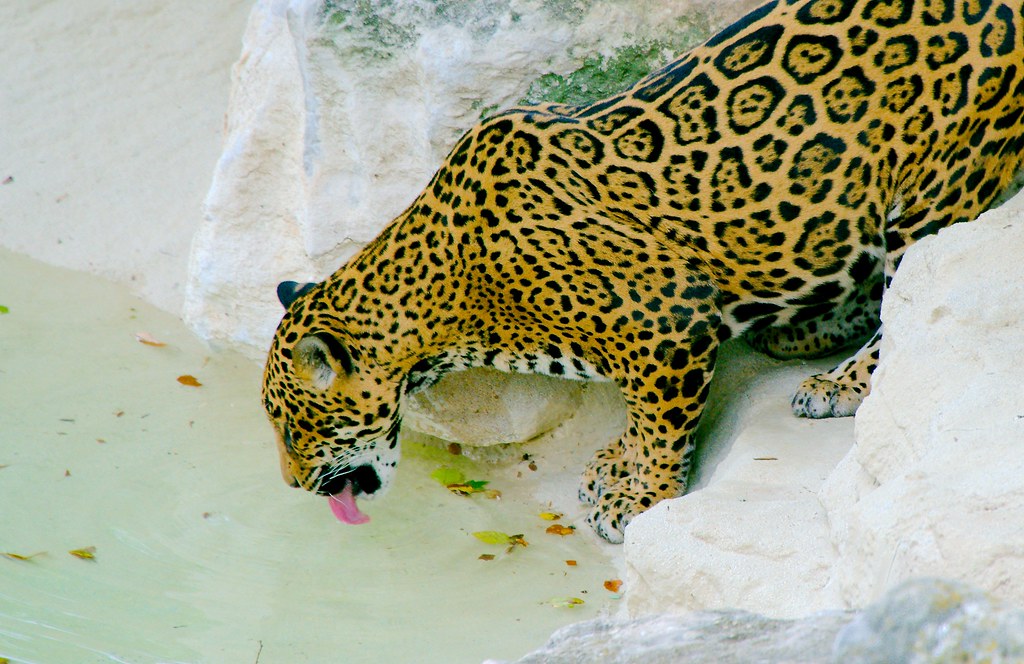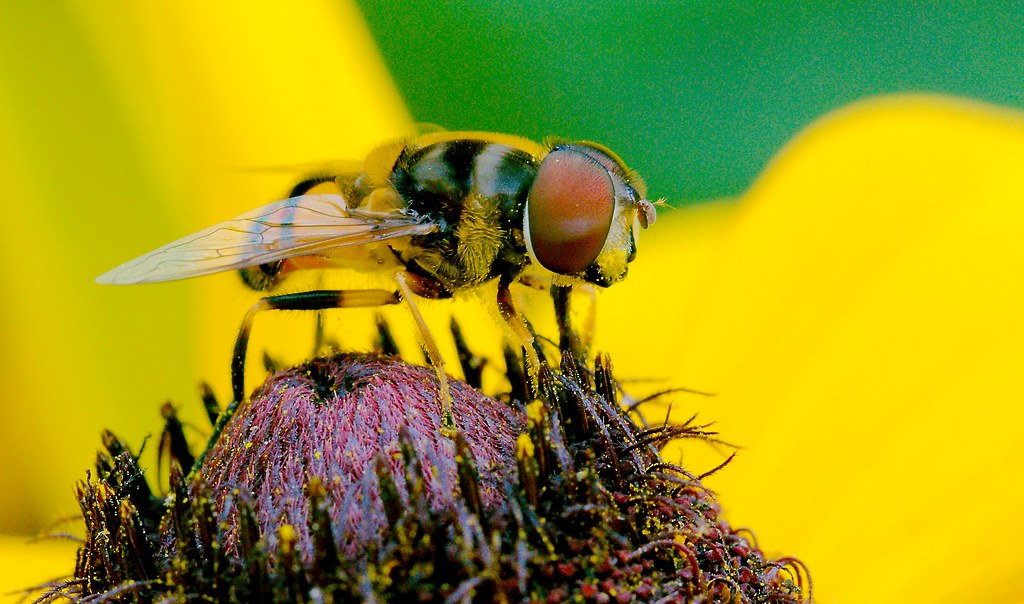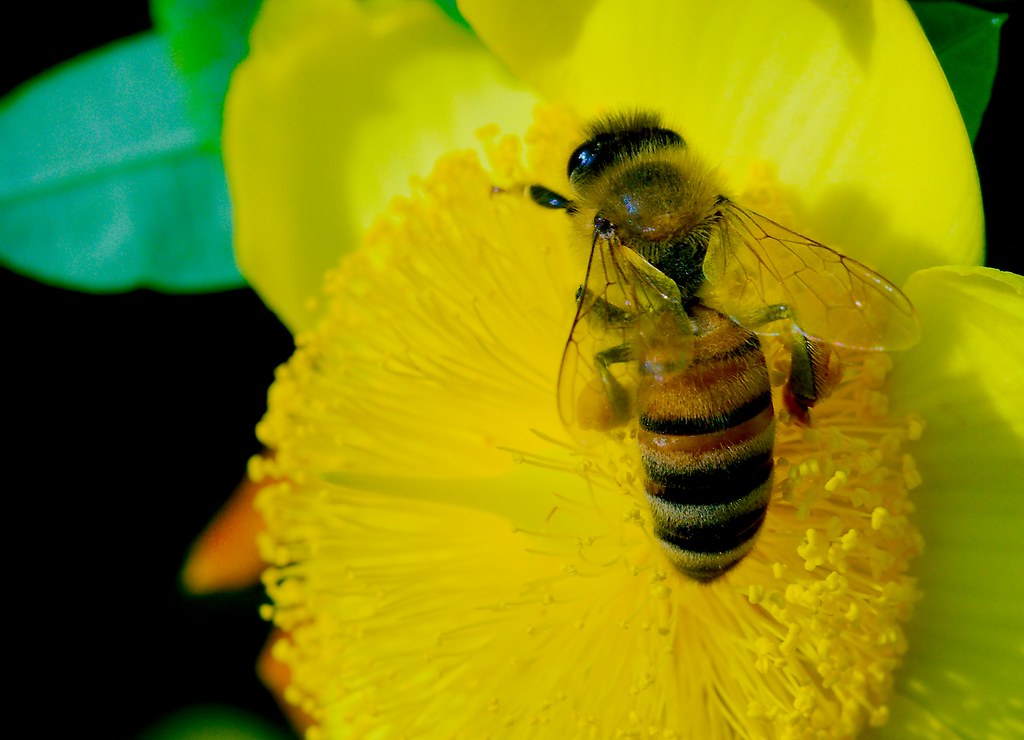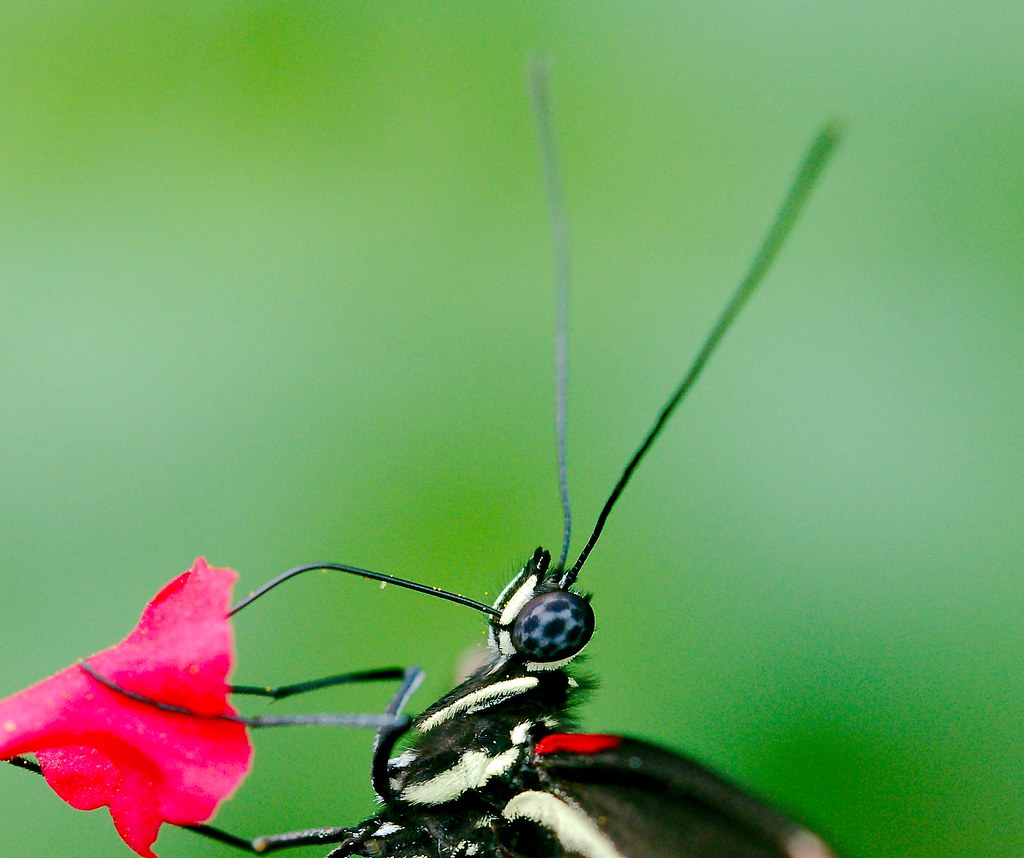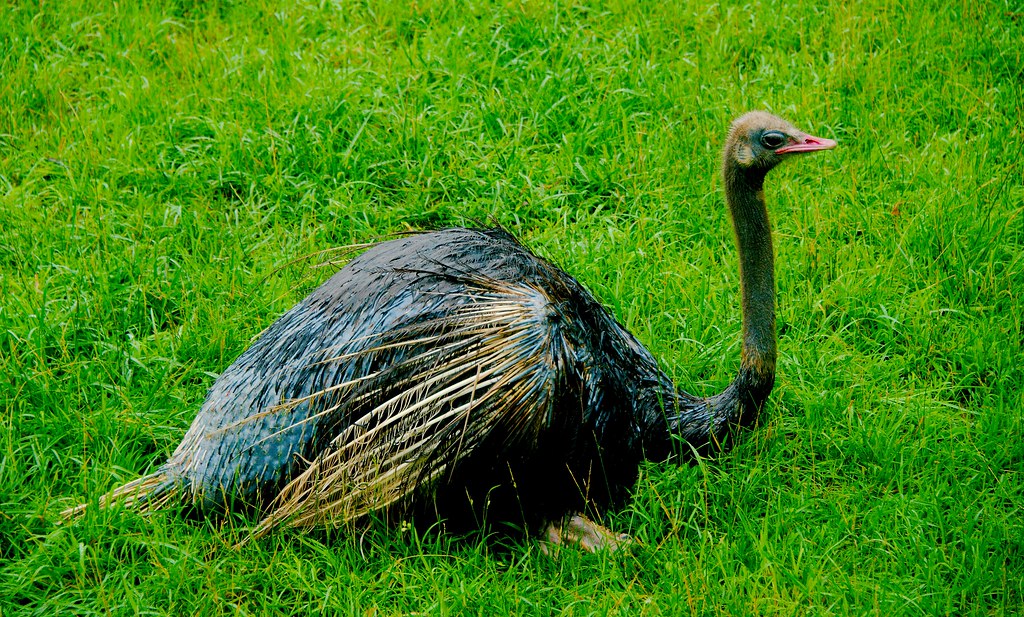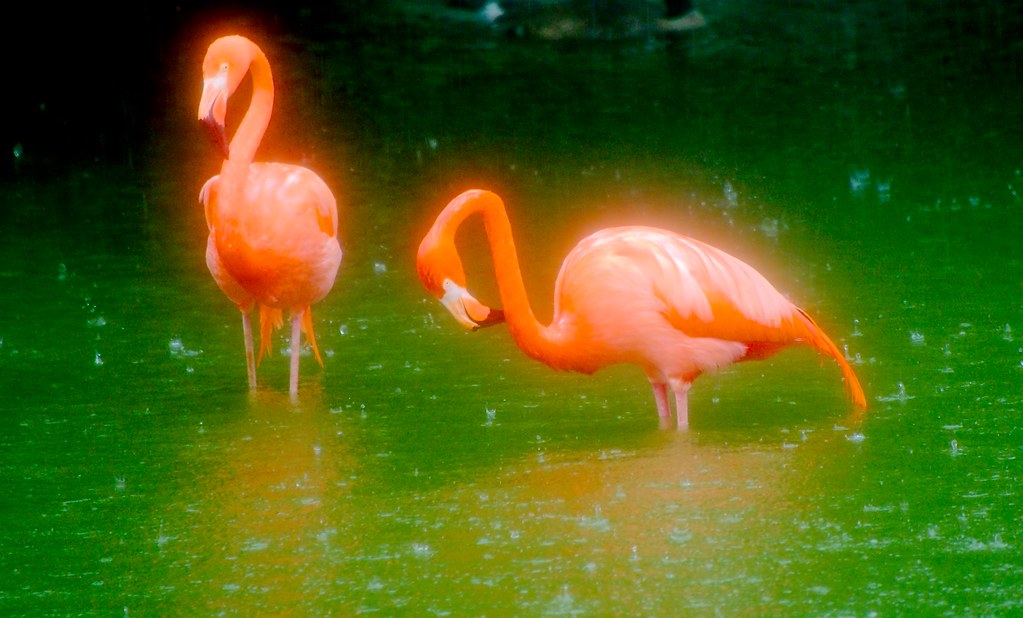Turns out you can use the same technique for bats in mid-flight to get penguins in mid-swim.
All posts by Josh More
Cardinal
Tortoise
Pelican
Leaf Cutter Ants
Insect
Grackle
Butterfly
Seal
I find it fascinating that every mammal that adapts to ocean life decides that necks aren’t worth the trouble. The same is true for most aquatic reptiles, though turtles just sort of tuck their necks away instead of losing them altogether.
Yet, sea monsters in ancient books and maps are almost all neck.
Maybe that’s why they died out.
Sign
Panamanian Golden Frog (Atelopus zeteki)
Jaguar (Panthera onca)
Insect
Fly
This fly really wants you think it’s a bee. Their strategy works because of the following logic:
1) When being pursued by a predator of little brain, they see the yellow and black stripes and think “OMG! It’s a bee! Better leave it alone!”
2) When being pursued by a predator of rather much brain, they see the yellow and black stripes and think “Hmm, it looks like a bee. But I know that some flies look like bees. Better look that up. OK, it looks like flies don’t stick pollen to their legs like bees do, but maybe it’s a bee that just started it’s day’s work. Flies also have larger eyes and smaller antenna than bees, but that’s only useful if there’s a bee to compare against. Oh! Bees have wings that overlap but flies have wings that stick out. So it’s probably a fly. To be safe though, I should compare it to other bees. Where can I find other bees?”
3) Then, when the predator of rather much brain is look up “bees” on Google Maps, the fly can get away.
Bee
Butterfly
American Alligator (Alligator mississippiensis)
Tortoise
Ostrich (Struthio camelus)
Flamingo
It turns out that Missouri is rather quite humid and, when it rains, the front of the lens can get covered in tiny little water droplets. This is roughly equivalent to a fog filter which I never had until I took this shot and decided that I quite liked the effect. I haven’t taken the time to really experiment with it yet though.
